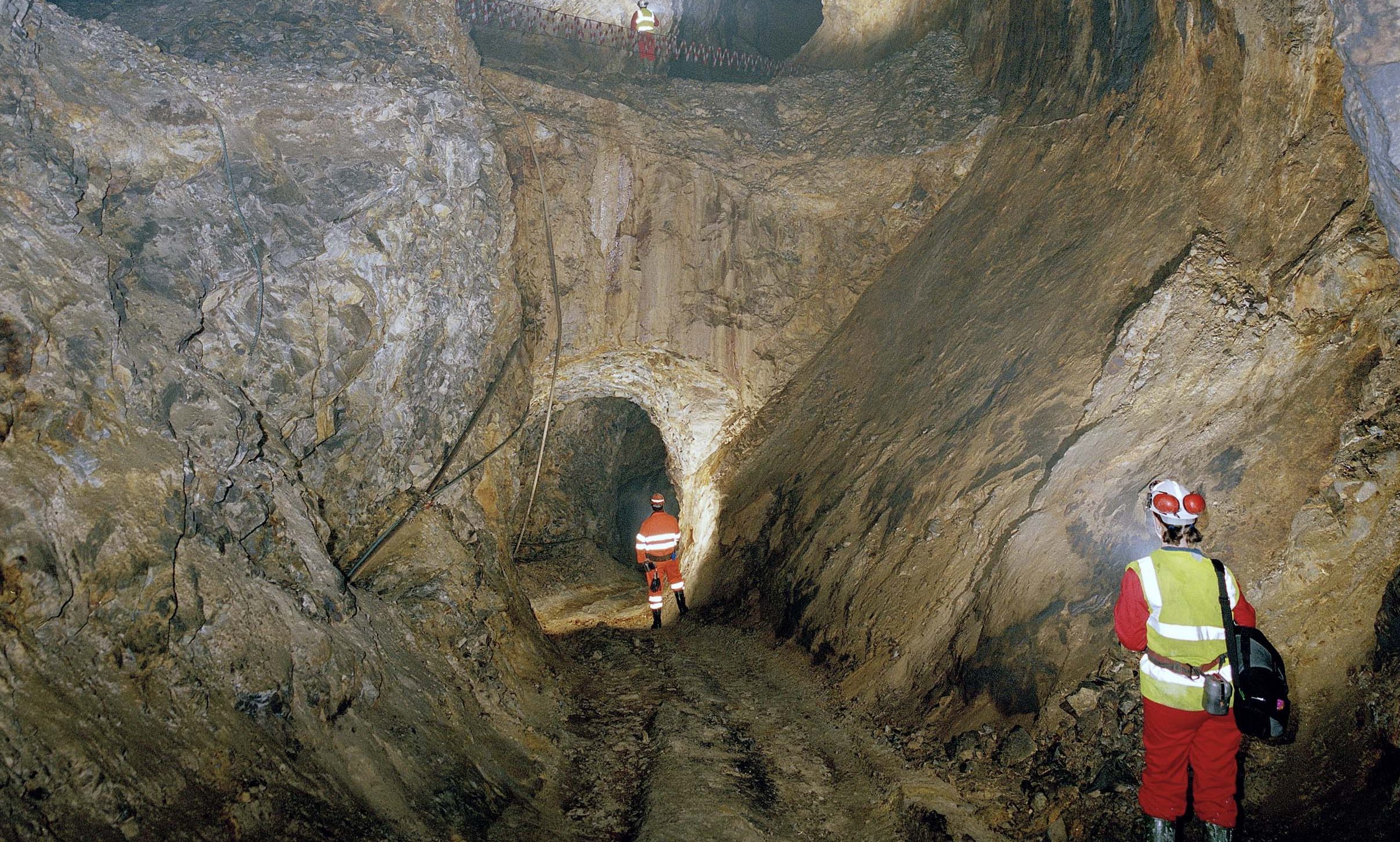A controversial bid to open a baryte mine in Highland Perthshire is poised for approval, despite fears it could impact one of the world’s most famous viewpoints.
Developers say the multi-million-pound Duntanlich project near Aberfeldy will help meet the needs of Britain’s oil and gas industry for the next 50 years.
If approved, the mine would produce about 6 million tonnes of baryte – used as a weighting agent for drilling fluids – during its lifetime.
It would replace the current mine at nearby Foss which has been operational since 1985 and is coming to the end of its life.
The scheme, tabled by firm M-I SWACO, a subsidiary of oil giant Schlumberger, has been dramatically revised since original plans for a mine at the same spot were rejected in 1991.
However, the latest scheme has attracted scores of objections from locals, organisations and tourists who claim the project could harm the local area – well known for its stunning scenery – and also lead to congestion, noise and road safety issues.
Scottish Natural Heritage originally objected to the plan, claiming it will have an adverse impact on the area, particularly the well known Queen’s View, overlooking Loch Tummel.
In his letter to planners, SNH operations manager Neale Taylor said: “We recognise the considerable the considerable efforts that the applicant has made to try to mitigate the effects of the proposal on the Loch Tummel National Scenic Area (NSA).
“However, we remain to be assured that it will not have significant effects on the special qualities of the NSA, in particularly its tranquillity and the delicate balance between the peacefulness of the settled strath and the wild remote uplands.
“We are also concerned about significant adverse effects on key view points within the NSA and most especially the historic tourist destination at Queen’s View.”
Mr Taylor added: “Given the proposal will result in an industrial development in a highly sensitive location, mitigation and restoration must be to an exemplary standard if it is to avoid long-term and irreversible impacts on the integrity of the area.”
SNH later withdrew their objection, after applicants agreed to a series of conditions.
Despite these and other concerns, Perth and Kinross Council’s development management committee has been urged to approve the scheme when it meets on Wednesday.
In a report to councillors, development quality manager Nick Brian states that project leaders had addressed SNH’s concerns about Queen’s View, ruling that “the overall impact was considered negligible and not harmful to the peacefulness or tranquillity currently experienced at this particular site.”
He has recommended the plan for approval with a range of conditions including limits on ground vibrations and noise levels.
Project could bring “global scale” benefits
The Duntanlich development was first mooted by M-I Great Britain 25 years ago.
The initial application to mine the site was knocked back by local councillors in 1992.
A public inquiry was held and developers took their case to the Court of Session in 1996. However, the scheme was thrown out on the grounds that it would have an impact on the landscape and visual amenity, particularly from the famous Queen’s View.
The beauty spot is said to be named after Queen Victoria after her visit there in 1866. It has become one of the most photographed sites in Britain.
Project leaders say the main differences from the new plan and the rejected one include the re-orientation of the mine platform, so that is now hidden from key viewpoints including the Queen’s View.
The underground operation, which includes a surface footprint of under a hectare, is less than a quarter of the current Foss mine.
Planners received 44 letters and e-mails about the scheme. Although the vast majority were against the new mine, there were some voices of support.
Victoria Unite, chief executive of the Perthshire Chamber of Commerce said: “The baryte mine development is an existing proposition.Subject to meeting planning, environmental and infrastructure requirements, it could have benefits not just for Perthshire and Scotland, but on a global scale.”
She added: “Developments such as this in rural areas could have a major benefit in terms of employment opportunities and a number of indirect employment opportunities, such as through the haulage of the mineral.”
No one from M-I SWACO was willing to comment ahead of Wednesday’s meeting.
Project manager Ian Hughes previously said: “Such a project will not only have a significant, positive, local economic impact, diversifying the economy of this rural area where employment is reliant on tourism and forestry, but it will also have national significance in terms of providing vital continuity of supply for the North Sea oil and gas industry.”

